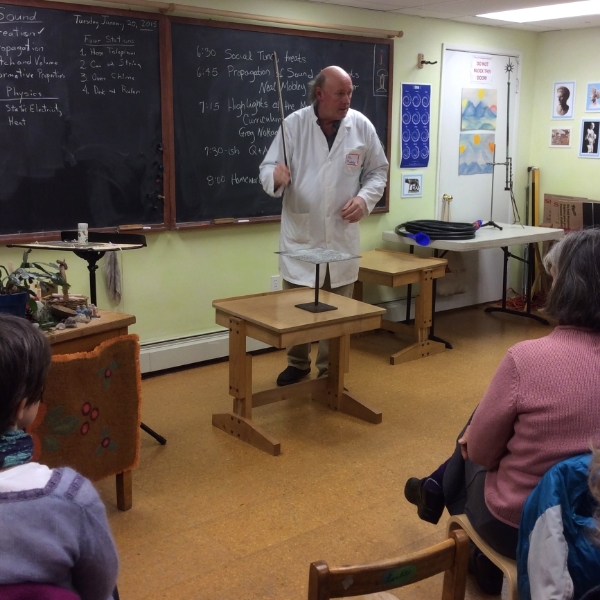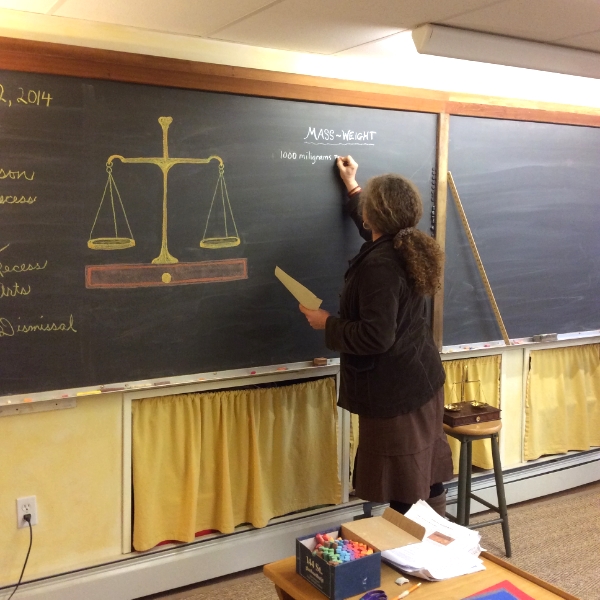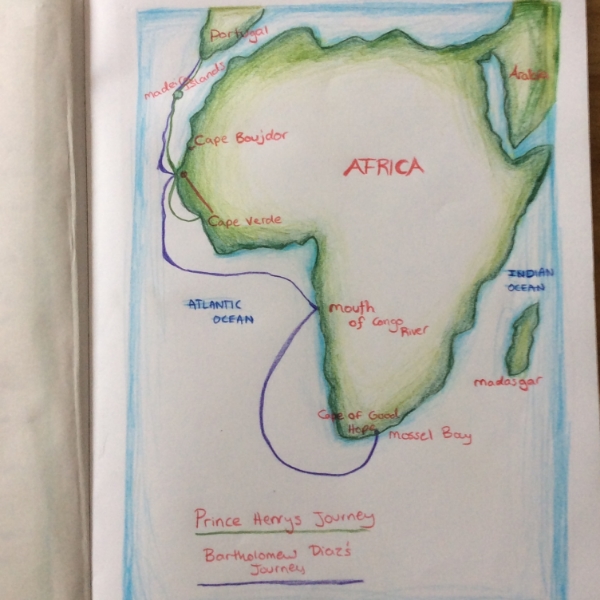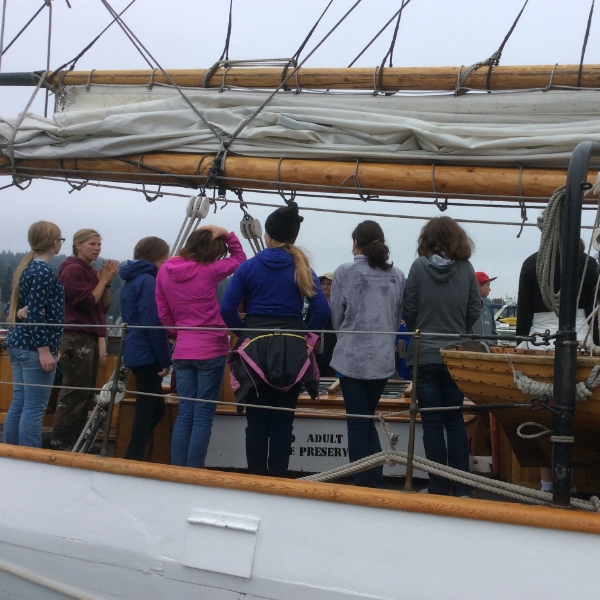What makes a Madrona School education unique and special?
During the 2013-2014 school year, we celebrated what a Waldorf education offers both our children and our community as we strive to graduate creative and eager lifelong learners. Using the alphabet gave us 26 aspects to celebrate!
A is for...Academics--academics infused with art, with movement, with music, with attention to social well-being, and through hands-on activities. At Madrona School, we enrich the teaching of reading, writing, science and math in a myriad of ways. The goal of a Waldorf school is to educate the whole child, graduating students who become balanced, curious and creative adults. One of the ways that we accomplish this is to bring academic material to the children in a way that meets their developmental needs. In the early grades, children are strongly compelled by their emotional life: that is, if they feel love, joy and excitement about what they are doing, they remember it well. As they mature, their thinking capacities grow, and presenting material in an intellectually invigorating way captures the imagination of middle school students. Our students are taught to employ all of themselves to their lessons: their artistic, physical, intellectual, and writing capacities are engaged on a daily basis; cultural stories and history from around the world offer ongoing lessons in our common humanity. Thus we offer a rigorous, engaging curriculum that changes over time to prepare students, developing their capacities, not only for high school and further schooling, but also for life.
A couple of examples: In second grade, our students work on math facts including the multiplication tables. They do study, memorize and are "tested" on them, but they also chant and clap them in different rhythms, and draw them into patterns in their lesson books. This "body-based" learning and memorizing is where the whole child is engaged, and ensures that these foundational facts are well in hand. In middle school math then, they are able to re-do multiplication tables in different bases, pushing their understanding of number sense.
In the sciences, a student's developing capacity for observation begins in early childhood through the simple awareness of the changing seasons. In early grade school, basic experiments such as the sprouting of a seed, charting the growth of a field of wheat or a pumpkin on a vine, hone a student's attention to detail. Once a student reaches middle school, an awakening capacity for independent thought offers the ability to observe experiments in chemistry and physics and to extrapolate and reach conclusions with fellow students and the guidance of their teacher; these observations and learnings are recorded in precise and beautiful detail in their main lesson books.
--edited from our weekly school newsletter, January 28, 2014.
Learn more about Madrona School by scheduling a tour; additional information on Waldorf education is available here.














